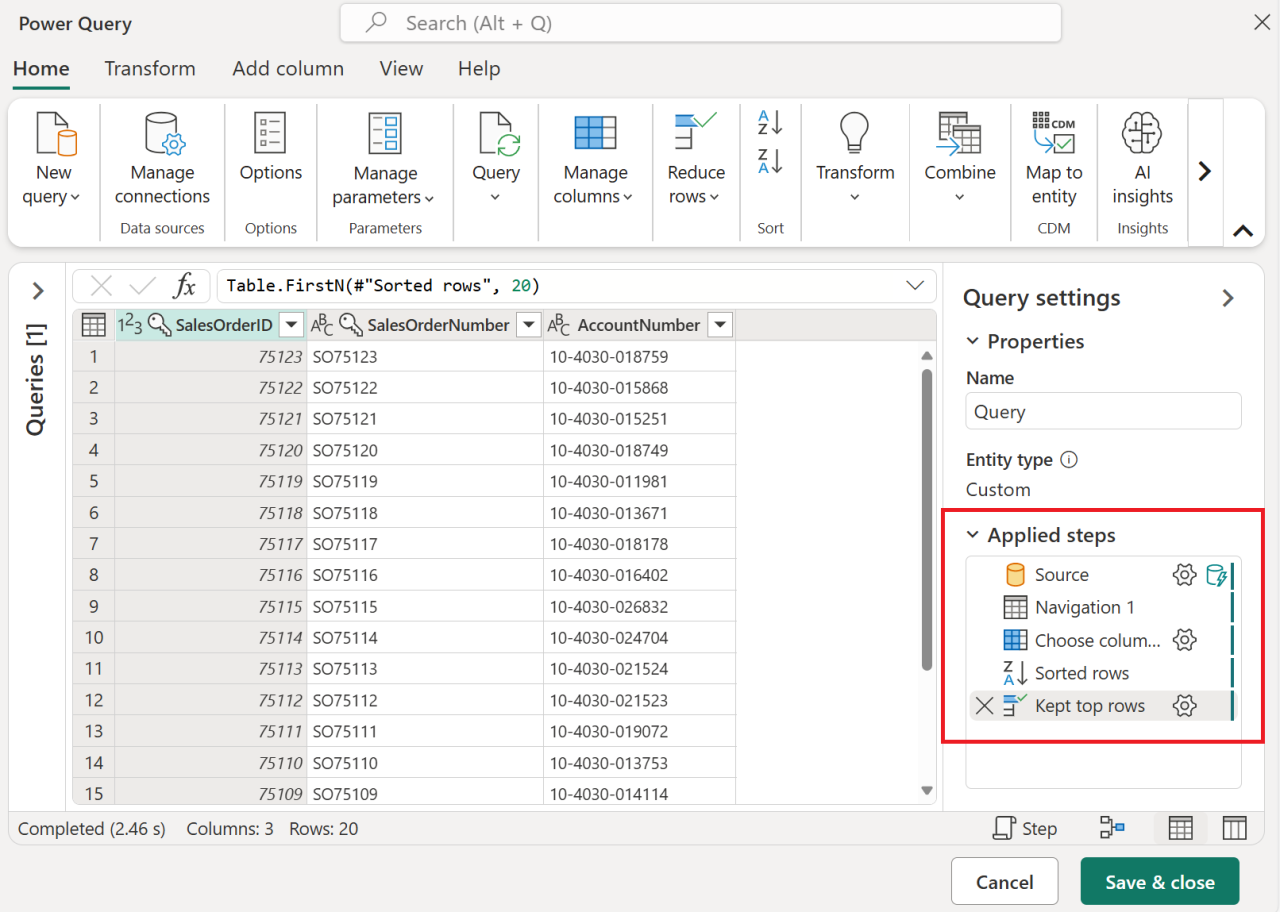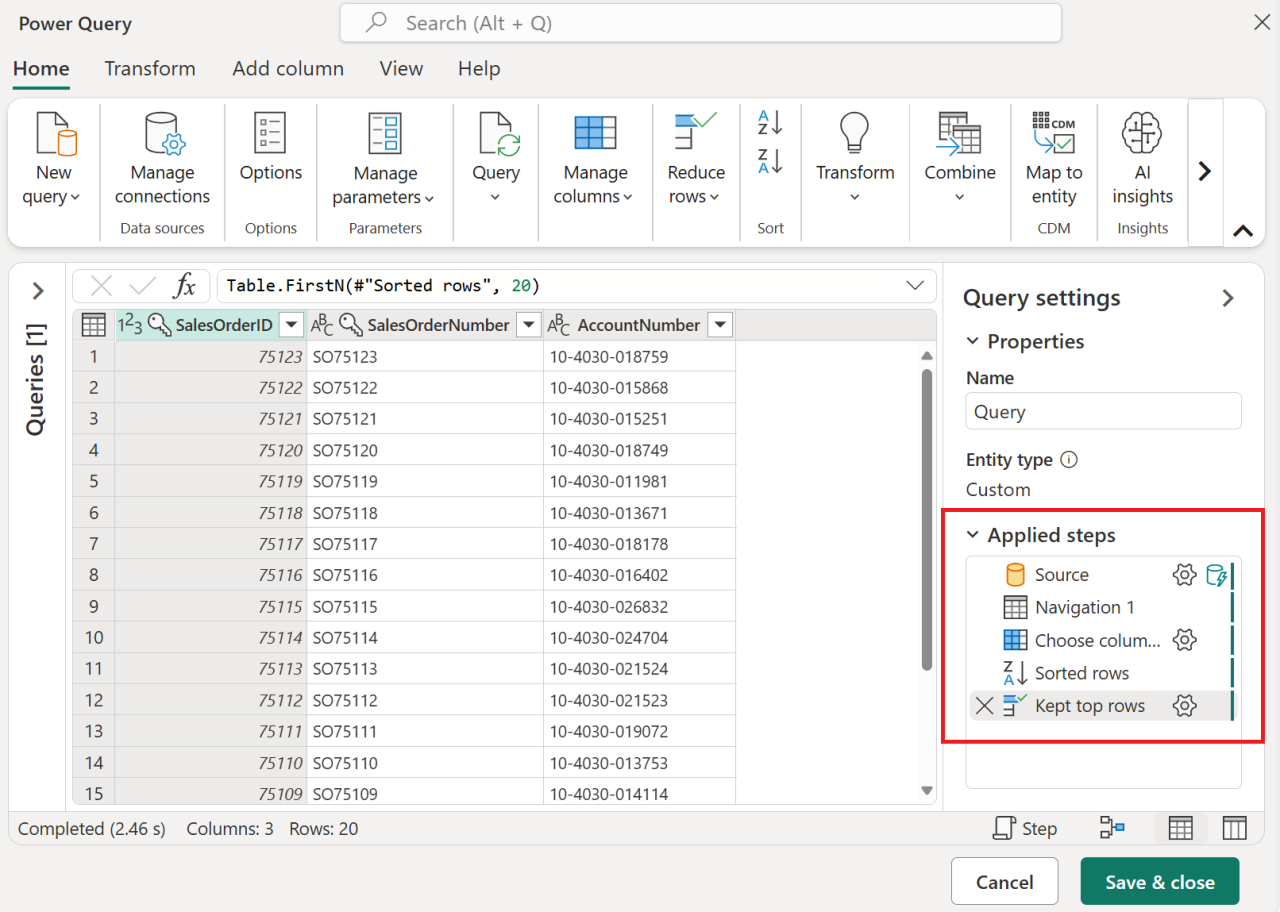NYT ‘Connections’ Hints And Answers For Saturday, December 37 – a seemingly impossible date, right? But let’s pretend it’s a super challenging puzzle! This guide breaks down how to tackle the notoriously tricky NYT Connections game. We’ll explore strategies for uncovering hidden relationships between seemingly unrelated words, offer hypothetical solutions, and even dissect a particularly tough word pair.
Get ready to sharpen your word-association skills!
The NYT Connections puzzle challenges you to find the common thread linking four seemingly disparate words. It’s a test of lateral thinking, vocabulary, and creative problem-solving. This guide will walk you through analyzing word relationships – semantic, phonetic, thematic – and offer a systematic approach to crack even the most baffling puzzles. We’ll cover techniques like brainstorming, pattern recognition, and even visual representation to help you connect the dots (literally!).
Understanding the NYT “Connections” Puzzle
The New York Times “Connections” puzzle is a word game that challenges players to find the hidden links between seemingly unrelated words. It’s a test of lateral thinking, vocabulary, and the ability to identify subtle relationships.
Need a break from those tricky NYT ‘Connections’ Hints And Answers for Saturday, December 37? Check out this crazy news story: a cat death in Oregon from avian flu has caused a nationwide raw pet food recall, Oregon avian flu cat death prompts nationwide raw pet food recall. Now, back to deciphering those word connections – good luck!
Rules and Objective

The objective is to group sets of four words, finding a single, common connection that links all four words in each group. There are no points or scores; the goal is simply to solve the puzzle. The rules are straightforward: each word must be used only once, and every word must be connected to the other three in each group by a common theme, shared characteristic, or relationship.
Typical Puzzle Structure
A typical “Connections” puzzle presents a list of 16 words. These words are arranged randomly, and the player must find four groups of four words each. The words themselves can range from common to obscure, requiring a diverse vocabulary and creative thinking.
Examples of Word Relationships, NYT ‘Connections’ Hints And Answers For Saturday, December 37

The connections between words can take many forms. Some common examples include:
- Thematic Connections: Words related by a common theme or topic, such as “apple,” “banana,” “orange,” and “grape” (all fruits).
- Phonetic Connections: Words that sound alike or share similar phonetic elements, such as “hour,” “our,” “flower,” and “power” (all containing the “our” sound).
- Semantic Connections: Words related by meaning or concept, such as “sun,” “moon,” “stars,” and “planets” (all celestial bodies).
- Part-Whole Relationships: Words where one is a part of the other, such as “wheel,” “tire,” “car,” and “engine” (all parts of a car).
Analyzing a Hypothetical December 37th Puzzle
Let’s imagine a highly challenging December 37th “Connections” puzzle. The difficulty might stem from obscure word choices, less obvious connections, and the use of multiple relationship types within a single group.
Potential Challenges and Strategies
A high-difficulty puzzle might include words with multiple meanings, words from specialized fields, or words with subtle phonetic or semantic links. Strategies for solving such a puzzle include:
- Systematic Grouping: Start by identifying potential pairs of words that might be related. Then, try to find other words that fit within those groups.
- Exploring Multiple Relationships: Be open to different types of connections – thematic, phonetic, semantic, or even a combination.
- Using Word Association: Let your mind wander, thinking of all possible connections to each word, no matter how tenuous they may initially seem.
- Process of Elimination: As you identify groups, eliminate those words from consideration for other groups.
Step-by-Step Approach
- Examine Each Word Individually: Consider its synonyms, antonyms, related concepts, and any possible phonetic similarities.
- Identify Potential Pairs: Look for words with obvious connections, even if you can’t immediately see how they fit into a larger group.
- Build Groups: Once you have a few potential pairs, try to find other words that fit the emerging pattern or theme.
- Verify Connections: Carefully review each group to ensure that all four words are indeed related in a meaningful way.
- Re-evaluate: If you encounter dead ends, revisit your initial assumptions and try different approaches.
Exploring Word Relationships
Several techniques can be used to uncover connections between seemingly disparate words. A combination of approaches is often necessary to solve the most challenging puzzles.
Word Association Techniques

Effective techniques include brainstorming, mind-mapping, and using a dictionary or thesaurus to explore related terms. Comparing and contrasting these techniques reveals that brainstorming is quick but can be less structured, while mind-mapping allows for a more visual and organized approach. Using reference materials provides a more methodical approach, ensuring thorough exploration of possible connections.
Identifying Hidden Connections
Identifying hidden connections often involves looking beyond the most obvious meanings of words. Consider their etymology, historical context, or cultural significance. Recognizing subtle phonetic similarities or semantic nuances can also be crucial.
Visual Representation of Word Relationships
The following table illustrates potential word relationships within a sample set of clues. Note that this is just one example, and the actual relationships may vary depending on the puzzle.
| Word 1 | Word 2 | Relationship | Evidence |
|---|---|---|---|
| Ocean | River | Bodies of Water | Both are large natural water sources. |
| Mountain | Valley | Geographic Features | They are contrasting yet related landforms. |
| Sunrise | Sunset | Daily Events | They represent the beginning and end of the day. |
| Tree | Forest | Part-Whole Relationship | Trees are components of a forest. |
Generating Possible Solutions

Here are three hypothetical solutions for a December 37th puzzle, each showcasing a different type of connection. Note that these are entirely speculative and are not based on an actual puzzle.
Solution 1: Thematic Connection
Group 1: Apple, Banana, Orange, Grape (Fruits)
Group 2: Car, Train, Airplane, Ship (Modes of Transportation)
Group 3: Sun, Moon, Stars, Planets (Celestial Bodies)
Group 4: Red, Blue, Green, Yellow (Colors)
Solution 2: Phonetic Connection
Group 1: Write, Right, Rite, Wright (Similar Pronunciation)
Group 2: Hear, Here, Hare, Hair (Similar Sounds)
Group 3: See, Sea, Seeded, Seed (Similar Sounds and Related Concepts)
Group 4: Two, Too, To, Tew (Similar Sounds, archaic spelling)
Solution 3: Semantic Connection
Group 1: Happy, Sad, Angry, Afraid (Emotions)
Group 2: Love, Hate, Fear, Joy (Feelings)
Group 3: Kindness, Cruelty, Generosity, Greed (Character Traits)
Group 4: Courage, Cowardice, Bravery, Fear (Character Traits)
Illustrating Difficult Connections
Let’s consider a hypothetical challenging word pair: “Quixotic” and “Pragmatic.” The difficulty arises from their apparent antonymy.
Explanation of the Difficult Connection
While seemingly opposites, “Quixotic” (idealistic, impractical) and “Pragmatic” (practical, realistic) share a common ground: both describe approaches to life and problem-solving. The challenge lies in recognizing the underlying tension and inherent contrast between these approaches. Both words highlight different aspects of decision-making and action, representing opposite ends of a spectrum of human behavior.
Okay, so you’re hunting for NYT ‘Connections’ Hints And Answers for Saturday, December 37? That’s a tough one! Maybe a break will help – check out this crazy cricket story, Strikers fume after on-field umpire helps Hobart Hurricanes avoid a total meltdown. Then, refreshed, you can tackle those NYT clues with a clearer head.
Good luck!
Descriptive Illustration of the Relationship
Imagine two paths diverging at a crossroads. One path, winding and uphill, represents the Quixotic approach – a pursuit of lofty ideals, even if impractical. The other path, a straight, well-maintained road, represents the Pragmatic approach – a focus on tangible results and efficient methods. Both paths lead to a destination, but the journey and the methods are vastly different, highlighting the complex relationship between these seemingly contradictory words.
The difficulty lies in understanding that both are valid approaches, albeit with different outcomes and priorities.
Final Review
Conquering the NYT Connections puzzle, even a hypothetical December 37th edition, is all about strategic thinking and creative wordplay. By understanding the different types of relationships between words and employing a systematic approach, you can unravel even the most complex connections. Remember to brainstorm, look for patterns, and don’t be afraid to think outside the box! Happy puzzling!
Clarifying Questions: NYT ‘Connections’ Hints And Answers For Saturday, December 37
What if I get completely stuck on a word?
Try setting it aside and coming back to it later with fresh eyes. Sometimes, a break is all you need.
Stuck on those NYT ‘Connections’ Hints And Answers for Saturday, December 37? Take a break and plan a fun family trip! Check out this awesome article about why Hershey is a Must-Visit Family Destination Throughout 2032 , then come back refreshed and ready to tackle those word puzzles. You’ll find those connections much easier after a little chocolate-fueled inspiration!
Are there any online resources to help with NYT Connections?
While official hints are rare, online forums and communities dedicated to word puzzles can be helpful. Searching for specific word combinations might also yield insights.
How can I improve my Connections game overall?
Practice regularly! The more puzzles you solve, the better you’ll become at identifying word relationships and spotting patterns.
